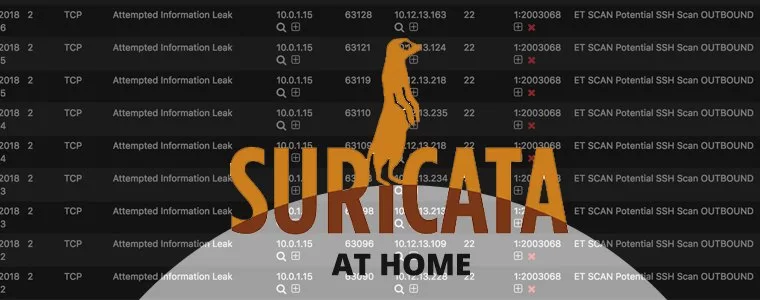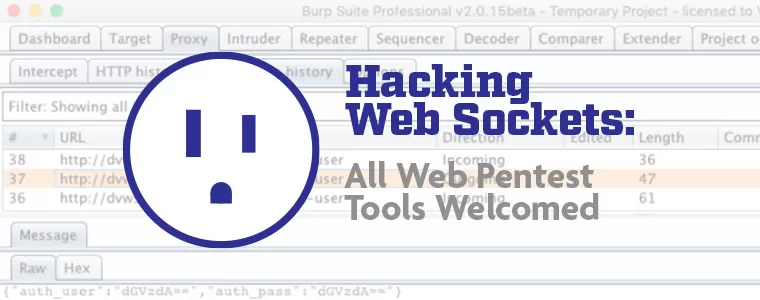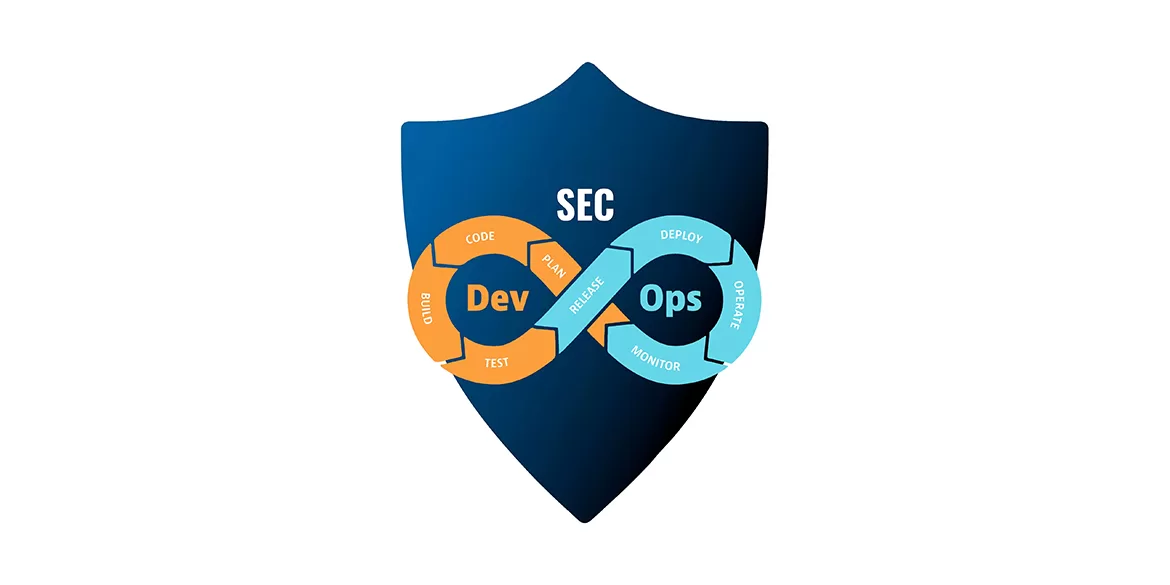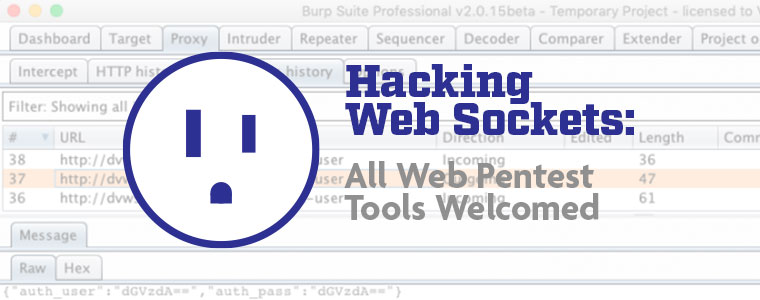
In software development, application security assessments are a key part of ensuring a robust cybersecurity program in your organization. Your application is constantly changing throughout its lifecycle and each one of those changes has the potential to introduce a critical vulnerability. Application security assessments and testing are vital for detecting these vulnerabilities and any logic flaws within your application before the bad guys do. This is crucial not only to your organization’s bottom line but also to preserving your trust and reputation with your user base.
So how do you go about actually finding these vulnerabilities in your applications? Well, the good news is that you have a few options if you are just starting in your Application Security program. However, each method has its unique capabilities and limitations. Grasping these nuances is key to determining the most appropriate and effective approach for your specific needs. It’s not just about deploying these tools, it’s about strategically integrating them into different stages of your software development lifecycle (SDLC) to maximize their efficacy and ensure comprehensive coverage. This holistic understanding enables you to create a robust security posture, balancing thoroughness and efficiency in identifying and addressing vulnerabilities in your applications.
Let’s explore four key types: SAST, DAST, SCA, and Manual Testing, each with its unique facets.
Static Application Security Testing (SAST)
What is SAST?
SAST involves analyzing source code or compiled versions of code to identify security flaws. This method operates early in the development lifecycle as it doesn’t require an application to be running to perform. This focuses on the actual lines of code being written to identify potentially dangerous functions, logic, or patterns that can make the application vulnerable. This can be compared to examining the blueprints of a fort to identify any structural design flaws.
Pros:
- Early Detection: SAST can identify vulnerabilities at the beginning stages of development.
- Detailed Code Analysis: It examines each line of code, providing a comprehensive understanding of security issues.
- Cost-Effective: Early detection of vulnerabilities reduces the cost and complexity of remediation.
Cons:
- False Positives and Negatives: It may generate inaccuracies in identifying vulnerabilities. However, security experts can help narrow these down and identify the true vulnerabilities that your developers should focus on.
- Language Dependence: SAST tools are often specific to certain programming languages.
Applicability:
SAST is ideal for organizations looking to integrate security measures early in their development process. It’s especially beneficial for projects where full access to source code is available.
Dynamic Application Security Testing (DAST)
What is DAST?
DAST is a testing approach that assesses applications in their running state. It’s akin to testing an application from a hacker’s perspective, without needing access to the source code. This testing can be done in a black-box approach, or have valid user credentials provided to identify any vulnerabilities that would be available to authenticated users (e.g., privilege escalation). This can be compared to attacking the fort after it’s built and seeing how it holds up against the attacks.
Pros:
- Real-Time Analysis: DAST identifies vulnerabilities that manifest during runtime, including server configuration issues and authentication problems.
- Low False Positives: It tends to produce fewer false positives, focusing on genuine vulnerabilities.
- Language Agnostic: DAST can test applications regardless of the programming language.
Cons:
- Limited Code Insight: It cannot pinpoint the exact locations of vulnerabilities within the code.
- Late in the SDLC: Being applied late in the development process can make fixing vulnerabilities more costly.
- Requires Expertise: Effective use of DAST requires skilled personnel to interpret its results accurately.
Applicability:
DAST is particularly effective for organizations with applications already in production, that need an external assessment of their security. It’s also valuable for testing third-party applications where source code is not available.
Software Composition Analysis (SCA)
What is SCA?
SCA focuses on identifying and managing open-source components within your software, tracking licenses, and checking for vulnerabilities. All the code written by your developers may be completely clean and secure, but introducing that one insecure library could potentially spell disaster for your application. This can be compared to looking at the quality of the bricks you purchased to put together the fort.
Pros:
- Open-Source Vulnerability Management: SCA excels in identifying known vulnerabilities in open-source component security and compliance.
- License Compliance: It ensures adherence to open-source licensing requirements.
Cons:
- Limited to Open-Source: SCA is primarily effective for open-source components, potentially overlooking proprietary code issues. Using this alone will not identify vulnerabilities in your application, just the vulnerabilities introduced by the open-source components
Applicability:
SCA is essential for organizations heavily reliant on open-source software, ensuring compliance and addressing security vulnerabilities inherent in these components.
Manual Testing
What is Manual Testing?
Manual Testing involves human intervention, such as code reviews and penetration testing, to identify vulnerabilities that automated tools might miss. A security expert will utilize some, if not all of the tools mentioned before to aid in their testing depending on the type of testing that is requested and the amount of information provided. This can be compared to attacking the fort, but then realizing that the front entrance was never locked and walking through.
Pros:
- Comprehensive Assessment: It can uncover complex vulnerabilities beyond the scope of automated tools. For example, business logic flaws that divulge sensitive information to low-level users.
- Human Insight: Manual testing provides a nuanced understanding of security issues rather than spitting out the raw results of an automated scanner.
Cons:
- Resource-Intensive: It is time-consuming and depends on the skill level of the tester.
- Subjectivity: The effectiveness of manual testing can vary based on the tester’s expertise and experience.
Applicability:
Manual Testing is crucial for a comprehensive security strategy, particularly in complex applications where automated tools might not be sufficient. The team at VDA Labs has expertise in assessing huge applications with complex workflows and many user roles. Our approach involves a meticulous examination of each aspect of the application, considering the unique intricacies and potential security gaps that automated scans might overlook. This level of detailed assessment is particularly valuable in identifying and mitigating risks in large-scale systems, where the diversity of functions and user interactions can create a broad attack surface. Through manual testing, VDA Labs provides a deep, nuanced understanding of the application’s security posture, offering targeted recommendations to enhance overall security and protect against sophisticated cyber threats.











